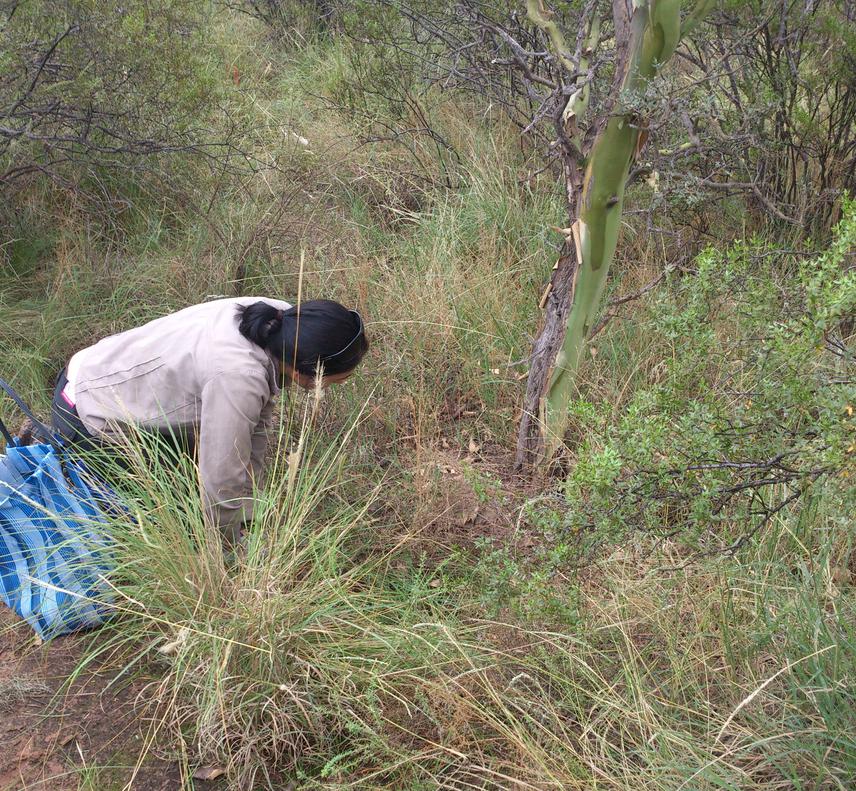María Daniela Rodríguez
Other projects
22 Dec 2011
Effect of Land Use on Biodiversity Conservation: Generating Management Tools for Restoration of Desertified Arid Lands
21 Jul 2015
Effect of Fire on Structure and Functioning of Mammal´s Communities in Desertified Aridlands
This research attempts to analyze small mammal diversity on Monte Desert, its association with habitat heterogeneity and productivity, and assemblages rules.

Understanding patterns of biodiversity is one of the biggest goals for nature conservation. The rapid degradation of arid lands is seriously affecting the Monte Desert productivity and biodiversity, according to data from the beginning of 20th century. Because small mammals are inconspicuous species, they are not usually taken into account when establishing conservation programs. Nevertheless they play an important role in structuring trophic webs, most of them being herbivorous or omnivorous.
They also are an important source of food for predators, provide habitats for different taxa as a result of their digging activity (e.g.: ecosystem bioengineers), regulate soil air supply, water regime and mineral distribution, and provide proper habitats for seed growth. Ten new small mammal species have been described over the last ten years for Argentinean deserts, some of them being endemic to one locality.
The Monte Desert Biome is the most diverse arid land in South America, mainly because of its endemic mammal species. Biotic (heterogeneity, complexity, productivity, etc.) and abiotic (temperature, precipitation, etc.) factors are likely to regulate mammal assemblage processes, and therefore the latitudinal pattern of diversity. According to current conservation and management goals, there is a big necessity to relate the scale of ecological patterns and processes and the scale at which they are described and measured.
Previous studies at local scale, carried out at the Ñacuñán MaB Reserve (Monte Desert Biome, Argentina) have yielded opposite results, either positive for small mammal-heterogeneity patterns in different habitats inside the protected area, or negative (for some species) between protected and unprotected surrounding areas. Nevertheless at regional level there is no information on this pattern along a productivity-heterogeneity gradient.
The main goal of this project is to answer the question: How does small mammal assemblage diversity change along a geographical gradient in the Monte Desert, Argentina? This project will primarily contribute to complete the distribution pattern of small mammals on the Monte Desert. Furthermore, associations between biodiversity and habitat complexity, heterogeneity and productivity will allow conservation biologists to predict species presence on other sites. Finally, understanding assemblage rules that regulate species associations and the role that each one plays is important to conservation plans.